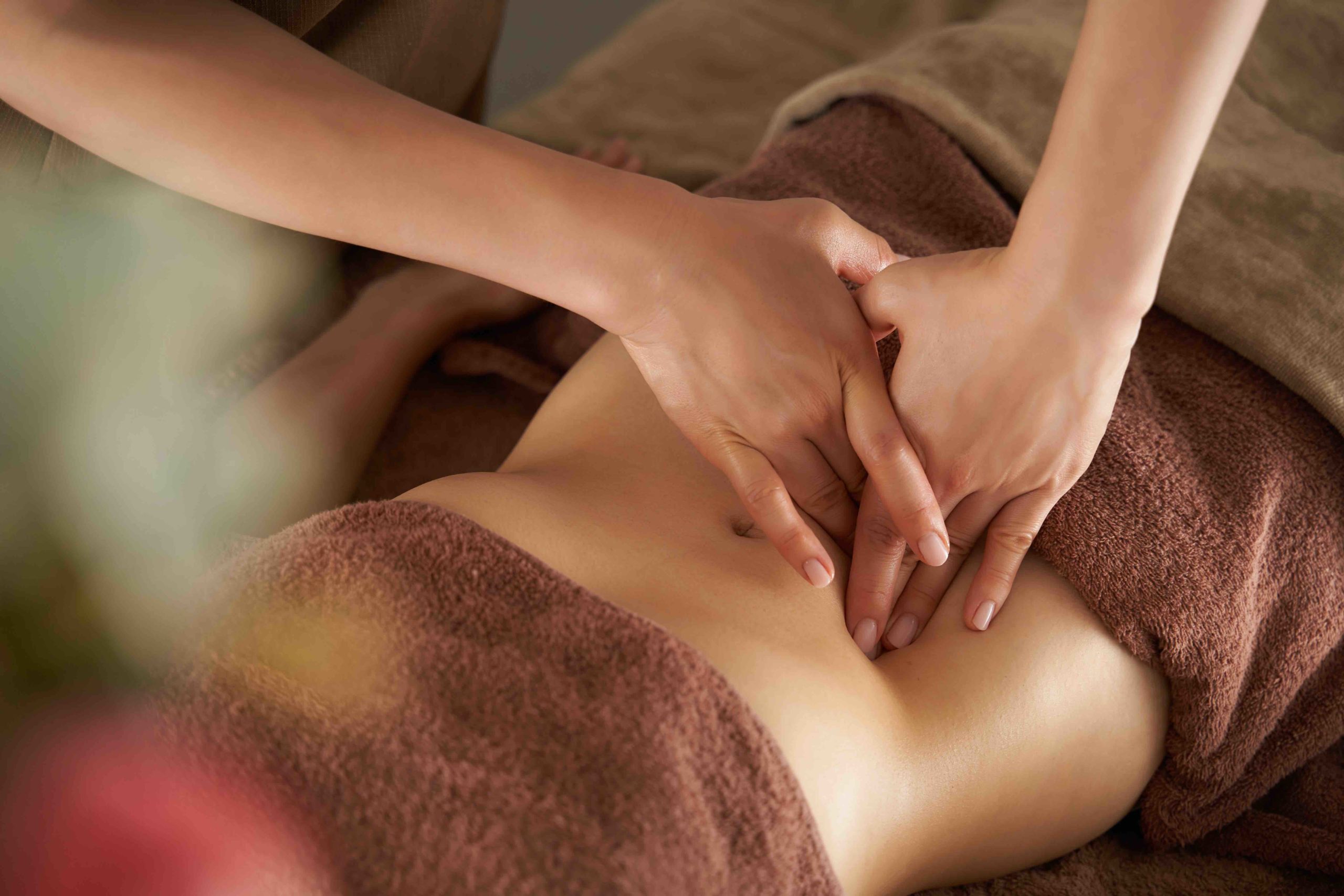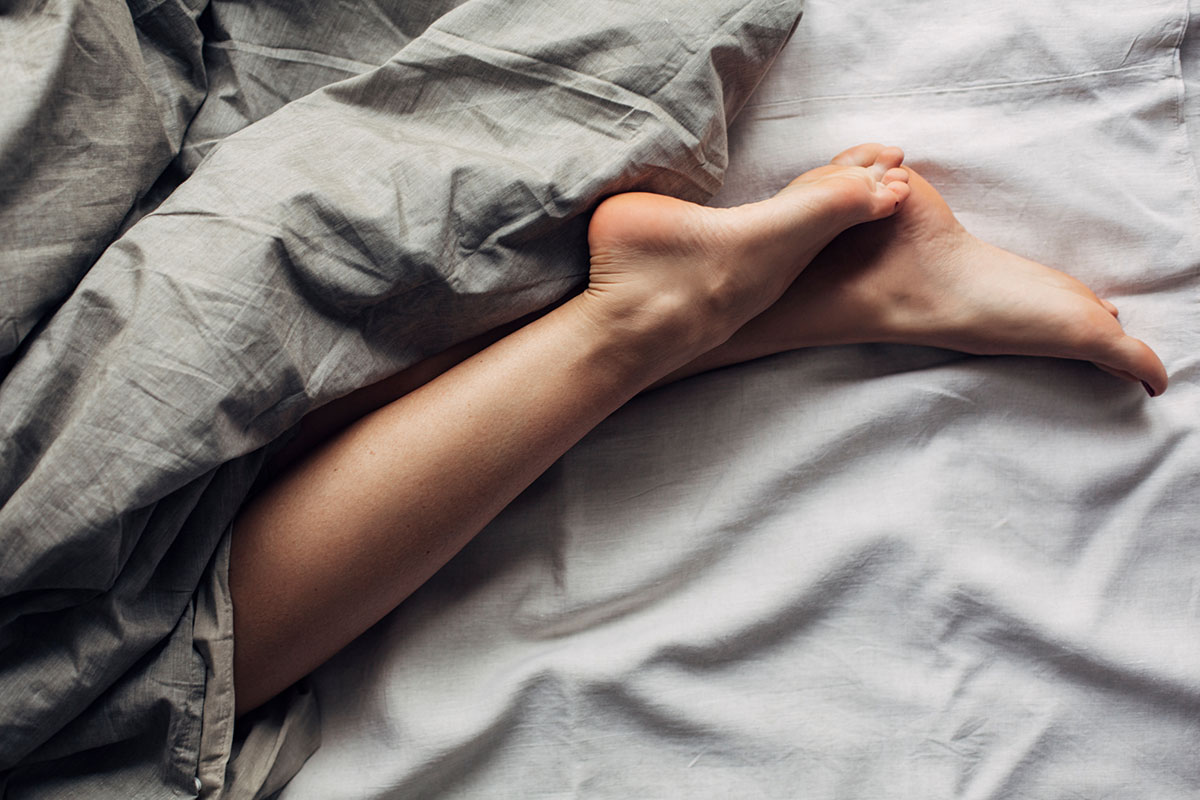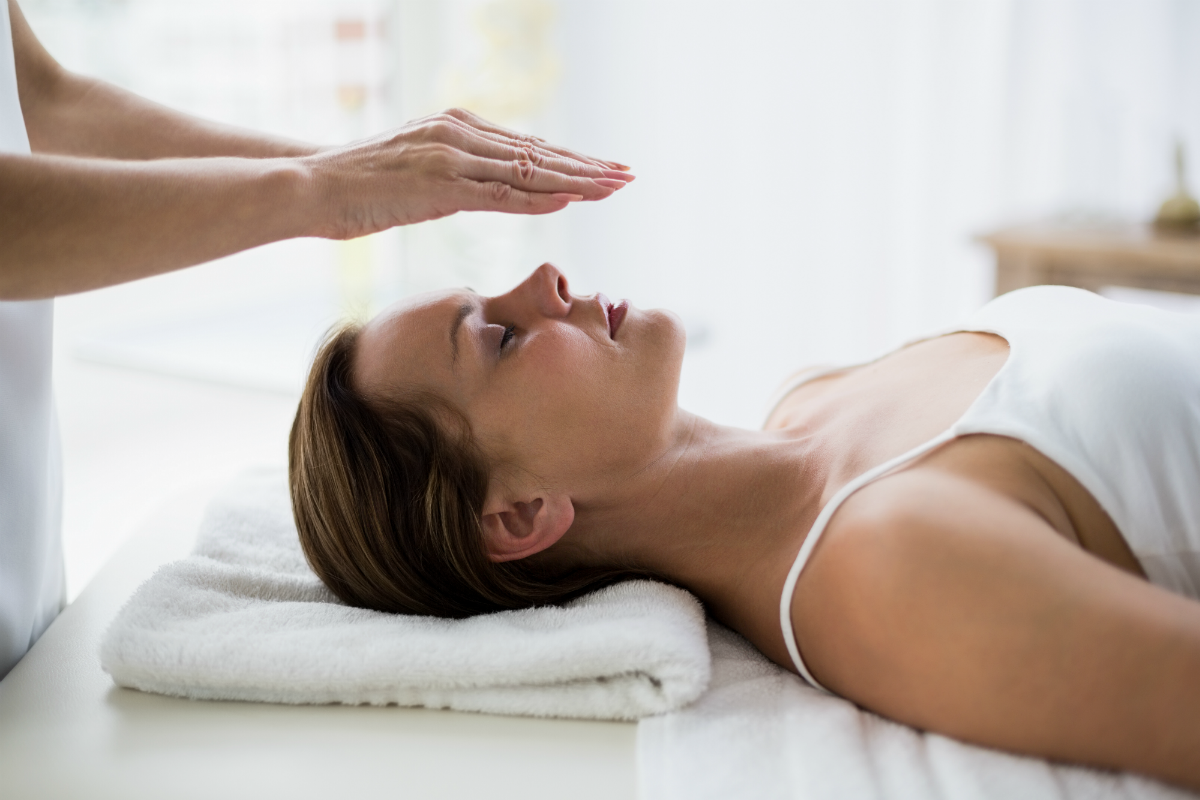Shiatsu massage is a little different from your typical massage. Similar to acupressure, it involves a therapist applying manual pressure to specific points on the body to alleviate pain and tension. Shiatsu massage doesn’t use any creams or oils, and you remain fully clothed throughout, and the focus is more on alleviating pain and tension rather than simply being relaxing – which of course it can be as well.
What is shiatsu massage?
Shiatsu massage is a traditional Japanese holistic healing treatment and it translates to mean “finger pressure”, while in truth the therapist will use their fingers, thumbs, elbows and knees to apply pressure to specific points along energy pathways in the body called meridians.
What is a shiatsu massage good for?
Shiatsu massage is good for a wide range of issues, everything from joint pain to headaches to stress. Like acupressure, shiatsu massage works to improve blood circulation, reduce muscle tension and fatigue, helping with a number of physical issues.
- Muscle pain and joint pain – give your therapist an exhaustive list of any joint or muscle pain you experience and they can tailor your treatment to help alleviate pain, facilitate blood flow and circulation.
- Muscle stiffness and mobility – the therapist will typically start the session with mobility exercises, helping you deal with any issues in your hips, legs and back
- Migraines or headaches – shiatsu massage can help if you’re holding tension in your head or neck or if you’re experiencing stress-induced headaches, often reducing the intensity and duration of headaches and migraines.
- Chronic pain – relieves tension and stress as well as specific muscle or joint pain
- Pregnancy discomfort – this can be a little trickier as shiatsu massage usually takes place with you lying on a matt. Just be sure to let the therapist know in advance if you are pregnant so they can treat you comfortably. Shiatsu can help increase blood flow and range of motion, help you relax and alleviate any pain or discomfort brought on by pregnancy.

Where did shiatsu massage originate from?
While the term shiatsu massage was coined in Japan in the 1920s, it has its roots far further back in Japanese and Chinese history than that. Shiatsu evolved from a historical form of Japanese massage known as Anma, which itself grew from a traditional Chinese massage modality called Tui Na.
Tui Na, which translates to mean “to push and to lift and squeeze”, was first introduced to Japan roughly around 700 AD. It became so widespread and popular that it was practiced in government-sponsored hospitals across the country.
Over the centuries, Tui Na was modified by Japanese practitioners, and during the 1300s started to become known as Anma. This practice became especially popular during the 1600s after it was popularised by Sugiyama Waichi, a famous blind physician and acupuncturist of the time. In fact, over the years the Japanese government even went so far as to limit the practice of massage to blind practitioners, since it was one of the few ways they could earn income.
In 1912, a young boy named Tokujiro Namikoshi was said to have healed his mother’s rheumatism just by using finger, hand, and palm massage techniques. After being arrested for practicing without a licence, Namikoshi eventually sought formal training which he combined with his refined original techniques to create modern shiatsu.
What can I expect from a shiatsu massage?
Shiatsu massage, while it can be relaxing, is a little more focused on healing and restorative results, so when you go for your appointment be prepared to share plenty of information and a history of things you’d like your therapist to focus on. After your initial consultation, you’ll lie down on a matt on the floor with your head and knees supported.
During your session your shiatsu massage therapist will manipulate your joints and apply pressure to key areas, so be sure to wear light, comfortable clothing you can move and relax in. You can expect your therapist to apply pressure with their hands, thumbs, elbows and knees, and don’t be surprised if they pretty much kneel on your back at some point.
Like with any massage, just be sure to communicate clearly with the therapist if the pressure is too much for you. If you’re holding your breath just to make it through the pain, then they’re probably going a little too hard.
How long does a shiatsu massage take?
A shiatsu massage usually takes between 60 to 90 minutes, with time included for an initial consultation.
How much does a shiatsu massage cost?
The price of shiatsu massage can vary greatly depending on the location and experience of your therapist. Shiatsu often ranges from around $20 to $50, but a more experienced therapist could charge upwards of $100 based on the quality of the service they provide.






One thought on “Shiatsu Massage, Explained”